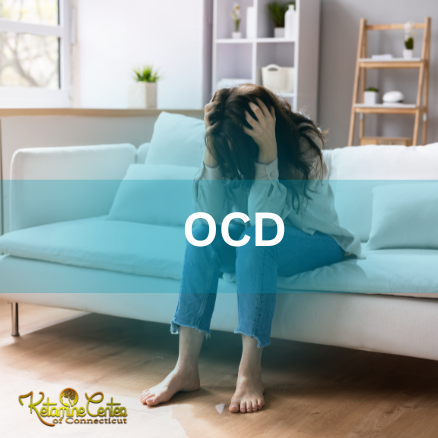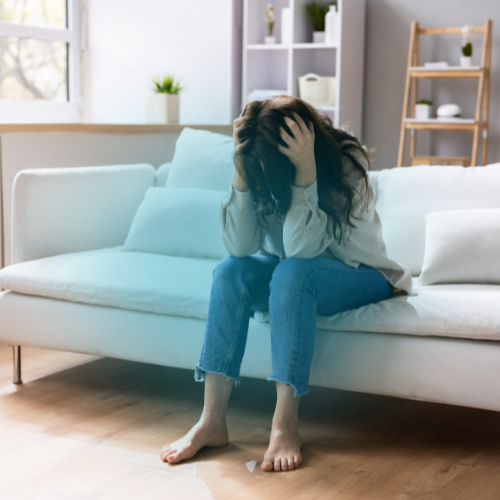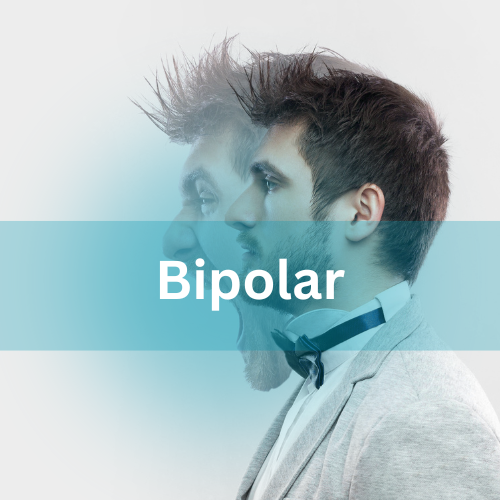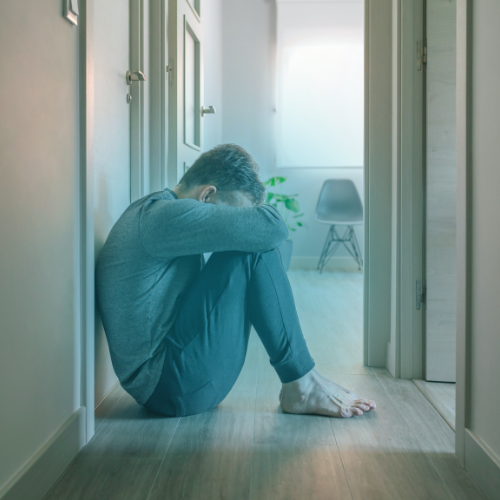
Obsessive-compulsive disorder
What many patients experience as symptoms begin to lift
Intrusive thoughts become less frequent and less consuming.
The urge to repeat rituals starts to weaken, giving patients more freedom.
The constant tension tied to obsessive thinking begins to ease.
Patients report a greater ability to shift focus without getting “stuck.”
The cycle of doubt, checking, and repeating becomes less dominant.
With symptoms reduced, routines and relationships feel lighter and more manageable.

Your struggles are real. So are the solutions we provide.
What can we help you with?
Overcome Depression
Most patients with depression count on medications like antidepressants to improve their mood, yet antidepressants fail to…
Conquer Anxiety
Nearly one-third of adolescents and adults have an anxiety disorder, yet only half of them improve with standard…
Heal from PTSD
Post-traumatic stress disorder (PTSD) has a devastating impact on people of all ages, including about 8% of adults and…
Break Free from OCD
Obsessive-compulsive disorder (OCD) causes unwanted but uncontrollable thoughts and behaviors that disrupt your…
Heal from Bipolar
Bipolar disorder often begins with an episode of major depression before you cycle to mania. In many patients, bipolar depression…
Overcome Suicidality
In 2017, Connecticut officials reported that suicide was the second leading cause of death for people between the ages of…
Learn more about what to expect on your journey.
Frequently Asked Questions
Obsessive thoughts typically follow a theme, such as a fear of being harmed or a fear of germs. You may need to keep items in a precise or symmetrical order. It’s also common to continuously think you forgot to turn off the stove or didn’t lock the door.





